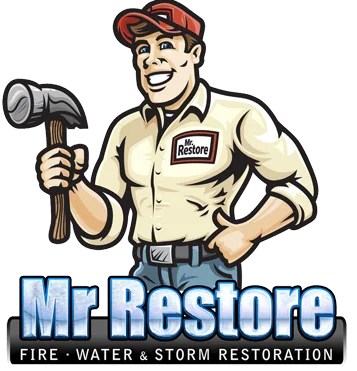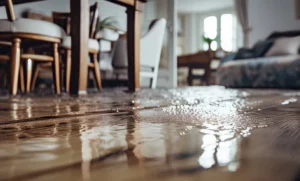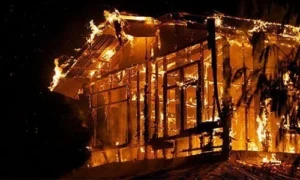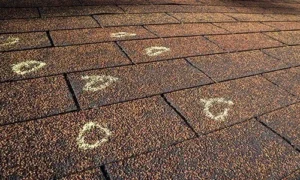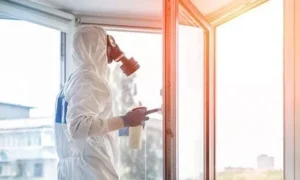After the unfortunate event of a fire, you may think that the worst is over once the fire has been put out. However, after the fire department has diminished your fire, this does not mean that your home is now safe. The smoke damage, soot residue, and toxic organic compounds are hazardous aftermaths of home fires. It is important to be aware of these toxic materials in order to know when it is safe to enter your home. Pay attention to Mr. Restore’s advice, and do not enter your home until it is deemed safe by the local fire department. Immediately contact Mr. Restore to reduce the chances of these hazardous materials destroying your belongings and seeping into the elements of your home. Mr. Restore has the proper professional-grade equipment to ensure that your valuable possessions are not further damaged by soot, smoke residue, and toxic organic compounds. The longer you wait to contact a restoration company, the more likely expensive damages will occur.
Understanding Soot After a Fire
Soot requires the expertise of a fire damage restoration specialist to clean up. It is a flaky and powdery black substance, mainly carbon formed due to combustion. If left on surfaces too long, soot will leave stains on walls, carpet, hardwood floors, and other surfaces. Some surfaces may be salvageable, but do not wait too long to contact Mr. Restore because the discoloration of your belongings may be permanent. Some people have reported that the odor caused by smoke and soot is unbearable; you do not want an unpleasant smell to soak into your clothes and furniture. Soot is considered dangerous because it contains many toxic chemicals and should not be breathed in.
Understanding Smoke Damage After a Fire
House fires create a lot of smoke that easily spreads throughout the home. When this happens, it’s important to have a professional look at it and inspect each area for different types of smoke damage. Smoke can also permanently damage and discolor many materials (drywall, wood, and many items found in a home). There are 3 common categories of smoke damage after a house fire:
- Wet Smoke – Forms from water used in extinguishing the fire. Usually can be easily smeared onto surfaces
- Dry Smoke – Formed by fast-burning fires with a high temperature. Does not smear on surfaces
- Oily Smoke – Forms from a variety of burning materials, including plastic. Smears onto surfaces easily
Understanding Toxic Exposure After a Fire
Many dangerous elements after a fire are not as visible as soot and smoke damage. Toxic volatile organic compounds (VOCs) are created when certain materials are burned. These toxic compounds saturate the air with poisonous gases and particles. Again, it is important not to enter a building after a fire, especially if the building has been boarded up. Buildings with boarded windows and doors after a fire do not have the proper ventilation to escape these toxic chemicals. Some of the most common hazardous compounds include:
- Carbon Monoxide
- Hydrogen
- Ammonia
- Nitrogen Oxides
- Hydrogen Sulfide
- Sulfur Dioxide
The aftermath of a fire requires professional equipment and technicians to handle your assets properly. You need a restoration company with ample experience handling smoke damage and the training and equipment you can trust. Mr. Restore has over 50 years of experience dealing with the aftermath and damage caused by fires. Contact us immediately to salvage your materials and restore your home.
